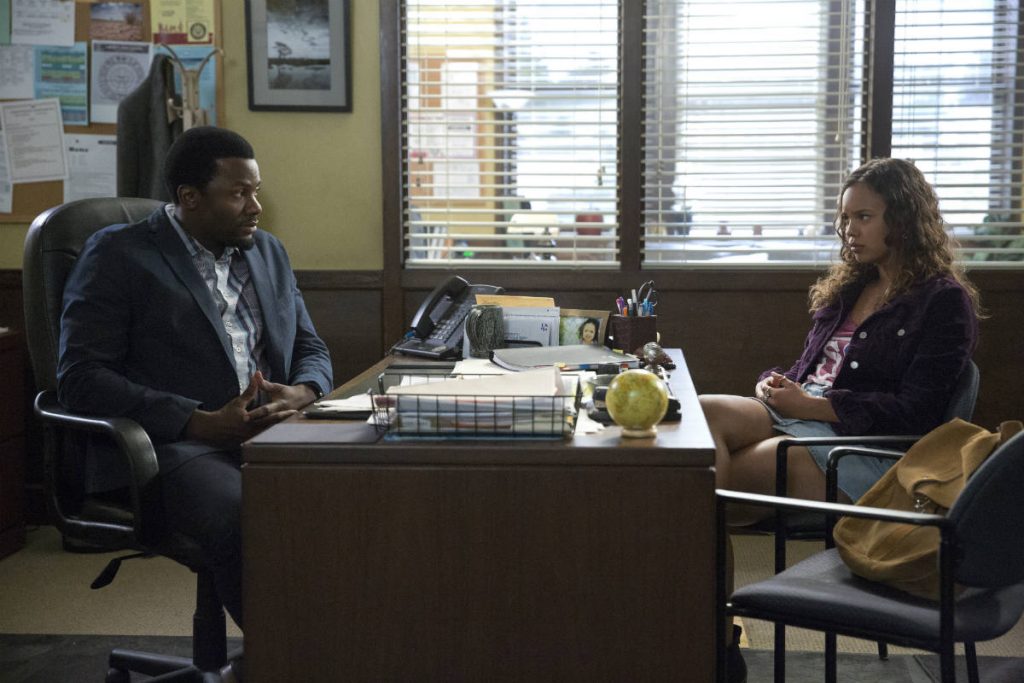In times when we come across disturbing news and happenings around us, it becomes difficult to keep our minds unperturbed by it. In addition to this, minor as well as major upheavals in our personal and professional lives also lead to immense distress. To worsen things, social media too contributes to our poor mental health. Stress today is one of the most basic factors that lead to various health issues both physical and mental. Mental health issues like anxiety, depression, OCD bi-polar, etc have been on a rise and we don’t know the ways in coping with them personally. With the upsurge of mental health issues, we have also noticed a rise in the trend of seeking help from a therapist, approaching coaches, counsellors as well as healers. However, because of the stigma associated with mental health disorders, many people yet refrain from seeking help when it comes to challenges around these issues.
Below are a few myths that revolve around seeing a therapist that I felt the need to debunk.

1. You only need a therapist if you have a mental health disorder
Firstly, mental health challenges and issues are as common as physical challenges and they are not a disorder. Labelling people and making them feel there is something wrong with results in making them feel more distraught and delays their healing journey.
Secondly, therapy and healing are for anyone going through some turbulence in their life be it emotionally, mentally, physically or even financially. As we grow up in life and go through various challenges we often start developing blocks and beliefs systems in our subconscious mind that affect our life as an adult. Therapy and healing help dissolve those past blocks by bringing a positive change in our present life. Thus therapy or healing is not only for the people with a mental health issue but for anyone looking at resolving or growing in life as well.
2. The process of Healing/Therapy is magic and can happen overnight
Healing is a very safe, scientific, slow and steady process. While at times the effects of therapy may be instantaneous, there are times when a person’s core issues take time to work through and require some time and patience. Therapy works on healing the root issues and stored blockages and releasing them thus taking its own due course of time. Hence it is important to remain more open and work with the therapist/counsellor and allow yourself to experience the shifts without judging the process too much as that hampers one’s own growth.
3. Therapy is not for the youth
As parents and family, people often negate youngsters’ complaints and worries. This, however, causes immense damage as it can deeply affect the mental health of the youth. The youth today suffers from a lot of stress and anxiety due to various reasons such as competition, peer pressure, cases of bullying, relationship challenges, etc. In order to be able to deal with such problems, young individuals may most definitely require help and therapy to process these challenges and come out of the situation more balanced. In fact, learning better tools and techniques to manage oneself as a youth can provide for a much more smoother life as an adult.

4. Therapy is not for men/boys
Men have feelings and emotions too and need therapy as much as women do! With the stigma associated with mental health, people often think that going for therapy or asking for healing/help is weak and thus people often refrain from going for therapy to avoid being judged. Also, boys/men in our society have been conditioned to believe they are strong, unshakeable, tough, etc so when they go through a stressful situation, they often end up storing so much within them that it leads to blockages and locking up of emotions. Therapy can really help them release the stored stress and also teach them ways to process their emotions.
5. Healing/Therapy is just about talking it out
While talking it out is a major part of any counselling/therapy/healing session that helps a person release all that they are holding within them, there are also a lot of other practices such as Reiki, EFT, hypnotherapy, Access bars, affirmation techniques, etc that a therapist/healer uses. These exercises and treatment practices help a person get free of the stored subconscious problems, relax their mind and provides a fresh new direction to work forward in life thus bringing considerable shifts in their life. Talking is a part of the process and not the entire process.

Another prominent myth about therapy is that people think it’s all about being positive whereas on the contrary, while in therapy you are asked to feel and truly feel every emotion of yours and learn tools and techniques to process the negative emotions that show up.
Today, in times when our society and nation as a whole has reached great heights of development and success, we must also work towards removing the stigmas and mental blocks that revolve around mental health. They not only affect people individually but also have a collective impact on both the youth and the adults of the nation. A person with a stressful mind cannot deliver as much as a person with a sound and calm mind.
A lot more focus and emphasis should be laid on helping people learn even the basics of managing their feelings and emotions be it at schools, universities or even offices to create more balanced individuals.





























